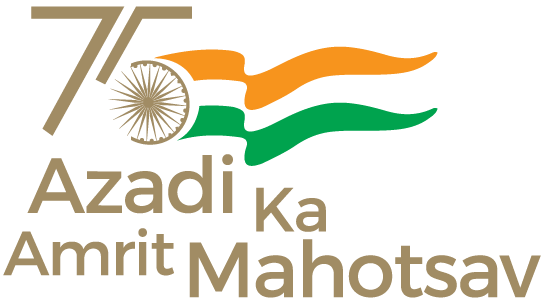The State Higher Education Council Mizoram was formed by an Executive Order on 13th May 2014. It will be converted into a statutory body by an Act of the State Legislature. The State Higher Education Council Mizoram consists of the following members:-
Chairman : Hon’ble Minister, H&TE
Vice Chairman : Comm&Secy, H&TE
Member Secretary : Laltanpuia
Members : 1) State Project Director, RUSA
2) Director, Higher & Technical Education
3) Prof. R.P. Tiwari, Deptt. Of Geology, Mizoram University
4) Prof. Ramesh Sharma, Deptt. Of Bio-Chemistry, NEHU Shillong
5) Prof. Sajal Nag, Deptt. Of History, Assam University, Silchar
6) One Nominee of the Govt. of India (MHRD)
7) Pu H. Vanlalkeua, Former Joint Director, H&TE
8) Prof. Sangkima, Principal (Rtd.), Govt. Aizawl College
9) Dr. Tawnenga, Principal, Pachhunga University College
10) Dr. Lalchungnunga, Principal (Rtd.), Serampore College & Chairman, MBSE
11) Prof. Vanlalhruaii. Principal, Institute of Advanced Study in Education (IASE)
12) Prof. Vanlalchhawna, Deptt. Of Economics, Mizoram University
13) Mr. Zochungnunga, Director (Rtd.), H&TE
14) Prof. Vanlalringa Bawitlung, Govt. Lawngtlai College
15) Prof. K.L Pradhan Addl.SPD (Rtd)
16) Mr. H. Zothangliana, MLA
17) One representative from Central Young Mizo Association
18) One representative from Mizoram Chamber of Industries.
19) President, Mizoram College Teachers’ Association
20) One representative from Mizo Academy of Science Association
POWER & FUNCTIONS:
Strategy and Planning
1. Preparing the State Higher Education Plan (Perspective Plan, Annual Plan and Budget Plan
2. Providing State Institutions inputs for creating their Plans and implementing them
3. Coordination between apex bodies, regulatory institutions and government
Monitoring & Evaluation:
4.Monitoring the implementation of State Higher Education Plan
5. Creating and maintaining the Management Information Systems
6. Compiling and maintaining periodic statistics at state and Institutional level.
7. Evaluating state institutions on the basis of norms and KPls developed under RUSA (the Council may, for its own use, develop additional norms as it sees fit).
Quality assurance & Academic functions:
8. Faculty quality enhancement initiatives
9. Quality of examinations
10. Maintaining quality of Curriculum
11. Promoting innovation in research
12. Protecting the autonomy of state institutions
13. Providing approval to setting up new institutions/colleges
14. Accreditation reforms
Advisory functions:
15. Advising state government on strategic investments in higher education
16. Advising universities on statute and ordinance formulation
17. Funds managed by the SHEC will include funds from RUSA as well as the State share, both of which will flow through the State Government
18. Determine the methodology for timely transfer of State’s share funds to institutions
19. Disburse funds to state universities and colleges on the bases of the State Higher Education Plan and transparent norms
20. The SHEC would be supported in turn by the Project Directorate (created by the State Government) and State TSDs. They would report to the SHECs and will be directly responsible for management, coordination, implementation and monitoring of the project at the state/UT levels.
21. The State Higher Education Council shall be accorded Statutory Status by an Act of State Legislature with 2/5 years.
COUNCIL SITTING &QUORUM:
1. The existing council will nominate 3 new members every 2 years.
2. The Council must meet at least once every quarter. The Quorum for the Council meetings shall be 1/3rd of the strength, including Chairman and Member Secretary.

















